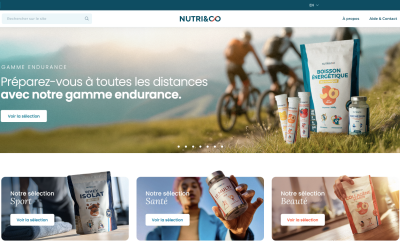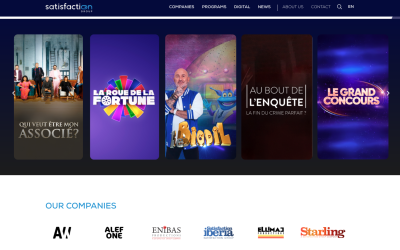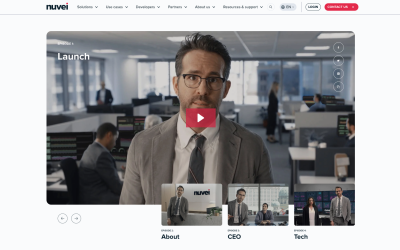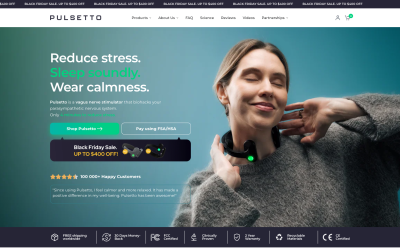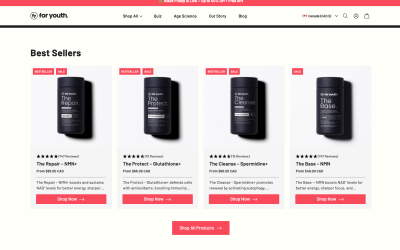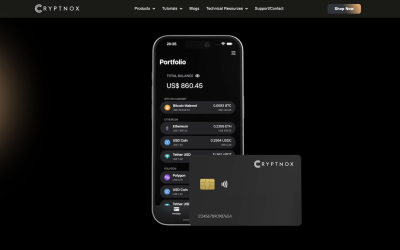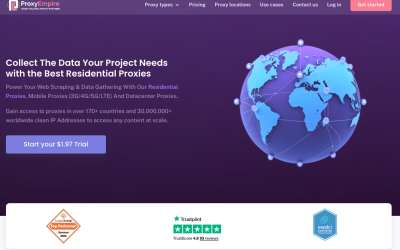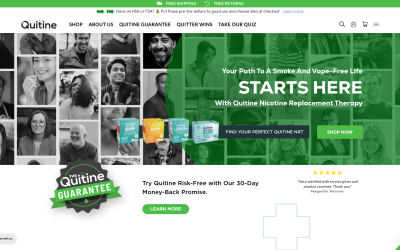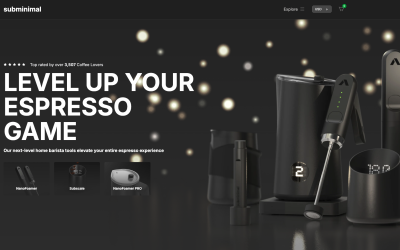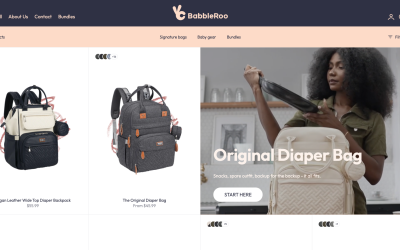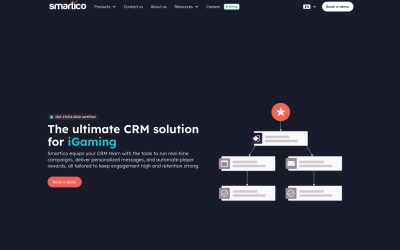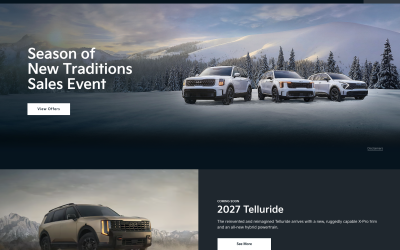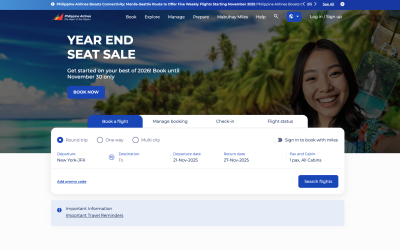In a strategic pivot, Google’s discontinuation of support for rel=next/prev attributes has provoked critical analysis of pagination practices.
This article examines the implications of this change, analyzing data-driven insights on the evolving role of these attributes in SEO.
By evaluating best practices against common errors, we strategize optimal approaches to pagination, ensuring effective website navigation and search engine visibility despite the shifting digital landscape.
The discourse extends to the broader implications for webmasters and search engines alike.
Key Takeaways
- Google has announced the discontinuation of using rel=next and rel=prev for indexing purposes.
- Bing and other search engines still utilize these attributes for understanding page relations and discovery.
- Pagination attributes are commonly used for category pages on eCommerce websites to prevent duplicate content issues and provide context to search engines.
- It is important to avoid common mistakes in pagination attribute implementation and regularly improve pagination implementation.
Learn about what to do with pagination attributes with Rankstar
→ Navigate the evolving landscape of SEO with our in-depth analysis!
Explore our article on RankStar, dissecting Google’s Pagination Attributes discontinuation and its impact on SEO strategies. Gain insights into the future of content indexing and site navigation. Stay ahead in the debate, adapt your strategies, and ensure your website thrives amidst these changes. Don’t miss this pivotal discussion—stay informed and shape your SEO future today!
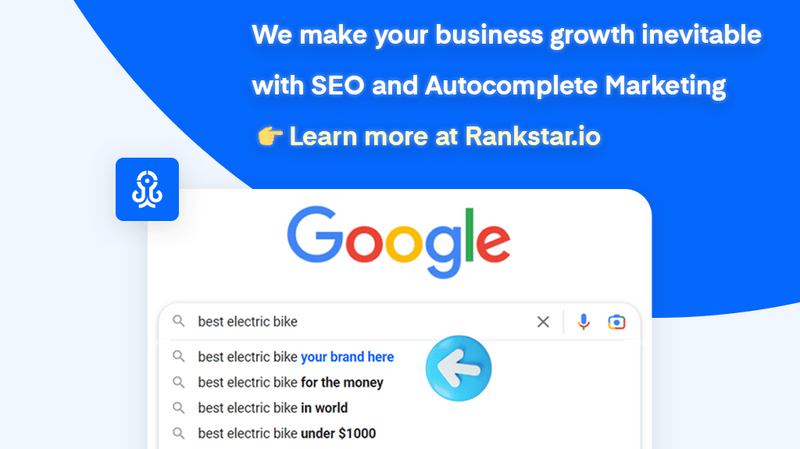
Background of Discontinuation
On March 21, 2019, Google announced the cessation of support for the rel=next and rel=prev attributes as a means of indexing paginated content. This decision has since stirred considerable discussion within the SEO community. The move signaled a shift in Google’s content indexing strategy, suggesting a reliance on more sophisticated methods for understanding and cataloging complex site architectures.
Despite the announcement, strategic SEO practitioners continue to implement these attributes, acknowledging their potential utility for other search engines such as Bing. Bing maintains the relevance of these attributes in its indexing approach. This highlights the importance of robust internal link structures.
While pagination attributes may have diminished in direct SEO influence, they remain a facet of comprehensive site optimization.
Understanding Pagination Attributes
To grasp the implications of Google’s decision, it is crucial to understand the role of pagination attributes, specifically rel=next and rel=prev, in guiding search engines through content sequences. These attributes have been pivotal in informing crawlers about the relationship between segmented content across multiple pages. Analyzing their functionality provides insight into strategic SEO practices.
- Content Sequencing: rel=next and rel=prev attributes strategically indicate the order of pages, enabling search engines to understand the sequence of content.
- Crawl Efficiency: Proper use of pagination attributes aids search engines in efficiently allocating crawl budget by identifying related pages within a paginated series.
- Duplicate Content Mitigation: These attributes reduce the risk of duplicate content issues, by providing clear signals that paginated pages are part of a larger set, thus necessitating a more nuanced approach to indexing.
Benefits and Usage
Understanding the benefits and usage of pagination attributes is essential for webmasters and SEO professionals. These tools play a significant role in content organization and search engine optimization strategies. Pagination attributes help manage and navigate a site’s content more efficiently, improving user experience.
Strategically, they aid in delineating content structure for search engines, enhancing the discoverability of site pages. This is particularly important in preventing content duplication and conserving crawl budget, as search engines can recognize the relationship between paginated pages.
Data-driven analyses often reveal that correctly implemented pagination can lead to better indexing and higher search visibility for individual pages within a series. Therefore, despite Google’s discontinuation of rel=next and rel=prev for indexing, their utility in maintaining site architecture remains a critical consideration.
Best Practice Guidelines
In light of the ongoing relevance of pagination attributes for site architecture, it is imperative to adhere to best practice guidelines to ensure optimal implementation. Strategic deployment of these attributes can enhance user experience and search engine understanding, thereby improving site performance in terms of indexing and navigation.
- Consistent Application: Apply pagination attributes uniformly across all paginated series to maintain a coherent structure that search engines can easily navigate and index.
- Canonical Tag Usage: Implement self-referential canonical tags on each paginated page to prevent duplicate content issues and signal the primary version of the content to search engines.
- Absolute URLs: Utilize absolute URLs for pagination links to eliminate ambiguity, ensuring search engines accurately interpret the site’s structure and content relationships.
Common Implementation Errors
Despite the established best practice guidelines, a frequent implementation error involves neglecting the self-referential canonical tag on paginated pages. Strategic analysis of common errors reveals that many websites inadvertently compromise their SEO by not adhering to pagination best practices. Data-driven insights show that such oversights can lead to suboptimal indexing and ranking outcomes.
| Error Type | Potential Impact |
|---|---|
| Missing Canonical Tags | Duplicate Content Issues |
| Incorrect Attribute Usage | Impaired Link Discovery |
| Broken Pagination Sequence | Disrupted Content Hierarchy |
The table underlines critical areas where implementation missteps commonly occur, emphasizing the need for meticulous attention to detail in pagination strategy. It is not only about correcting mistakes; it is strategic prevention—understanding the implications of errors is crucial for maintaining SEO integrity.
Future Pagination Considerations
Moving forward, it is essential for webmasters and SEO specialists to re-evaluate the role of pagination attributes in light of Google’s recent changes to their indexing approach. While these attributes may no longer influence Google’s indexing directly, they still hold value in a broader context.
Strategic considerations should include:
- Cross-Engine Optimization: Diversifying SEO strategies to account for other search engines that continue to use pagination attributes for page discovery and indexing.
- User Experience: Ensuring that site navigation is intuitive and accessible, with clear pagination signals contributing to a positive user experience.
- Data Analysis: Monitoring traffic and engagement metrics on paginated pages to assess the impact of removing or retaining pagination attributes, thereby making informed decisions based on actual user behavior.
Frequently Asked Questions
How Does Google’s Discontinuation of Rel=Next and Rel=Prev Impact the User Experience on Websites With Heavy Pagination, Such as Forums or Discussion Boards?
The discontinuation may affect user navigation on heavily paginated sites, potentially diminishing content discovery and user engagement, necessitating strategic adjustments in internal linking to maintain a seamless user experience and site performance.
Are There Any Alternative Methods or Emerging Technologies That Could Replace the Functionality of Rel=Next and Rel=Prev for Indicating Paginated Content?
Alternative methods to indicate paginated content include employing structured data markup for SEO, implementing canonical tags, and utilizing sitemaps. These approaches can strategically enhance user navigation and optimize content discoverability in a data-driven manner.
How Should Digital Marketers Adjust Their Analytics and Reporting Strategies in Light of the Discontinuation of These Pagination Attributes, Given Their Potential Influence on User Navigation and Behavior Tracking?
Digital marketers should refocus analytics to track user navigation patterns directly, employing tools like heatmaps and session replays to compensate for the loss in data granularity formerly provided by pagination attributes.
What Are the Potential SEO Implications for Mobile Websites or AMP (Accelerated Mobile Pages) Where Pagination Might Be Handled Differently Than on Desktop Websites?
Mobile websites and AMPs, with their unique pagination handling, may experience altered SEO dynamics, necessitating strategic adaptations in site architecture to maintain visibility and link equity for optimal search engine performance.
Can the Discontinuation of Rel=Next and Rel=Prev Affect the Way Content Is Served to Users With Disabilities, and What Are the Best Practices to Ensure Accessibility Remains a Priority in Pagination Design?
Discontinuing rel=next and rel=prev may hinder content delivery to users with disabilities. Best practices include maintaining clear pagination signals and ensuring keyboard navigability to preserve accessibility in pagination design.
Conclusion
In conclusion, the discontinuation of rel=next and rel=prev by Google has prompted a strategic reevaluation of pagination attributes.
While the attributes no longer serve their original purpose in Google’s algorithm, they retain significance for accessibility and other search engines.
The optimization of internal link structures via correct implementation practices remains crucial for site navigation and search engine visibility.
Future strategies should incorporate a data-driven approach, weighing the benefits of these attributes against evolving search engine guidelines and web standards.


